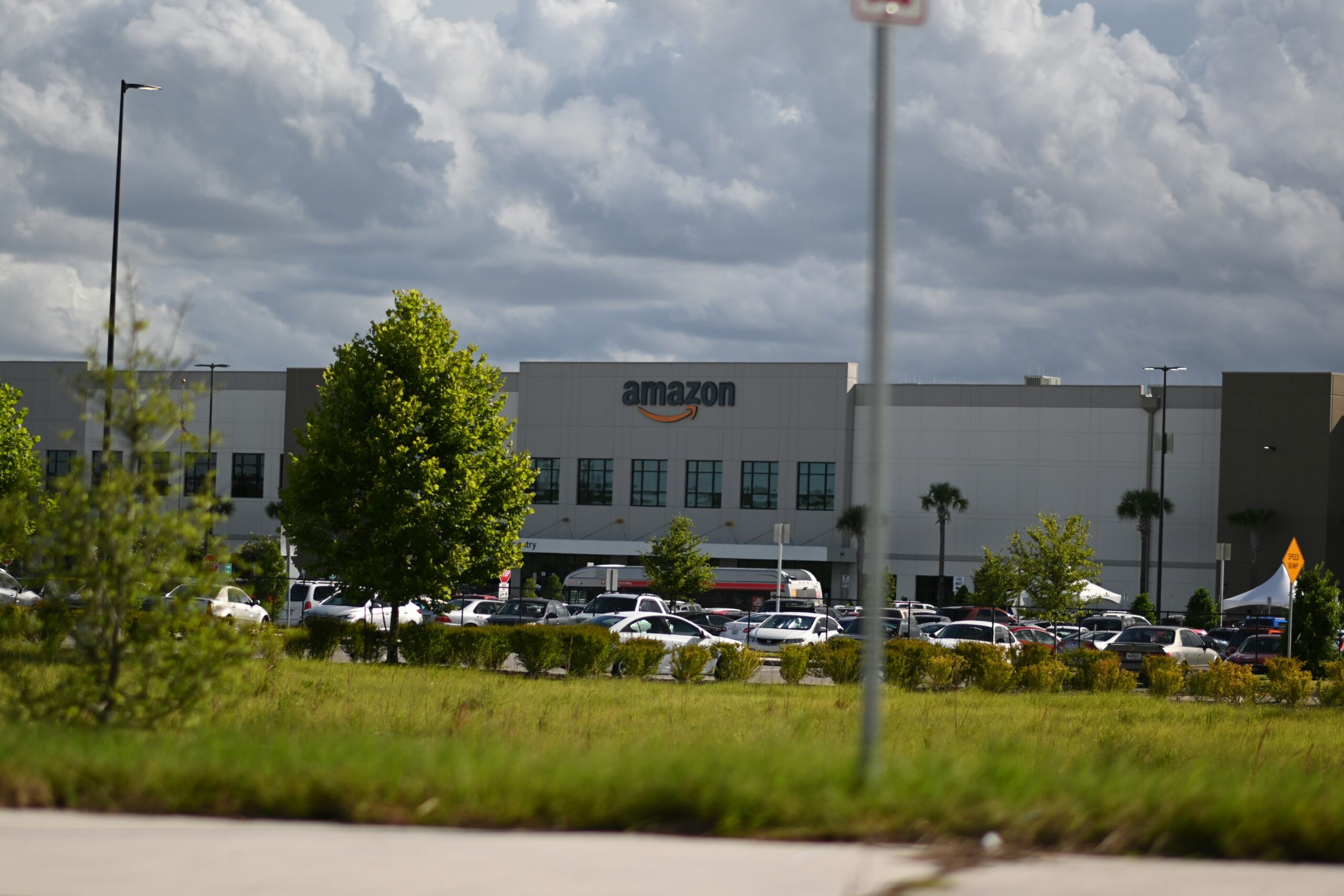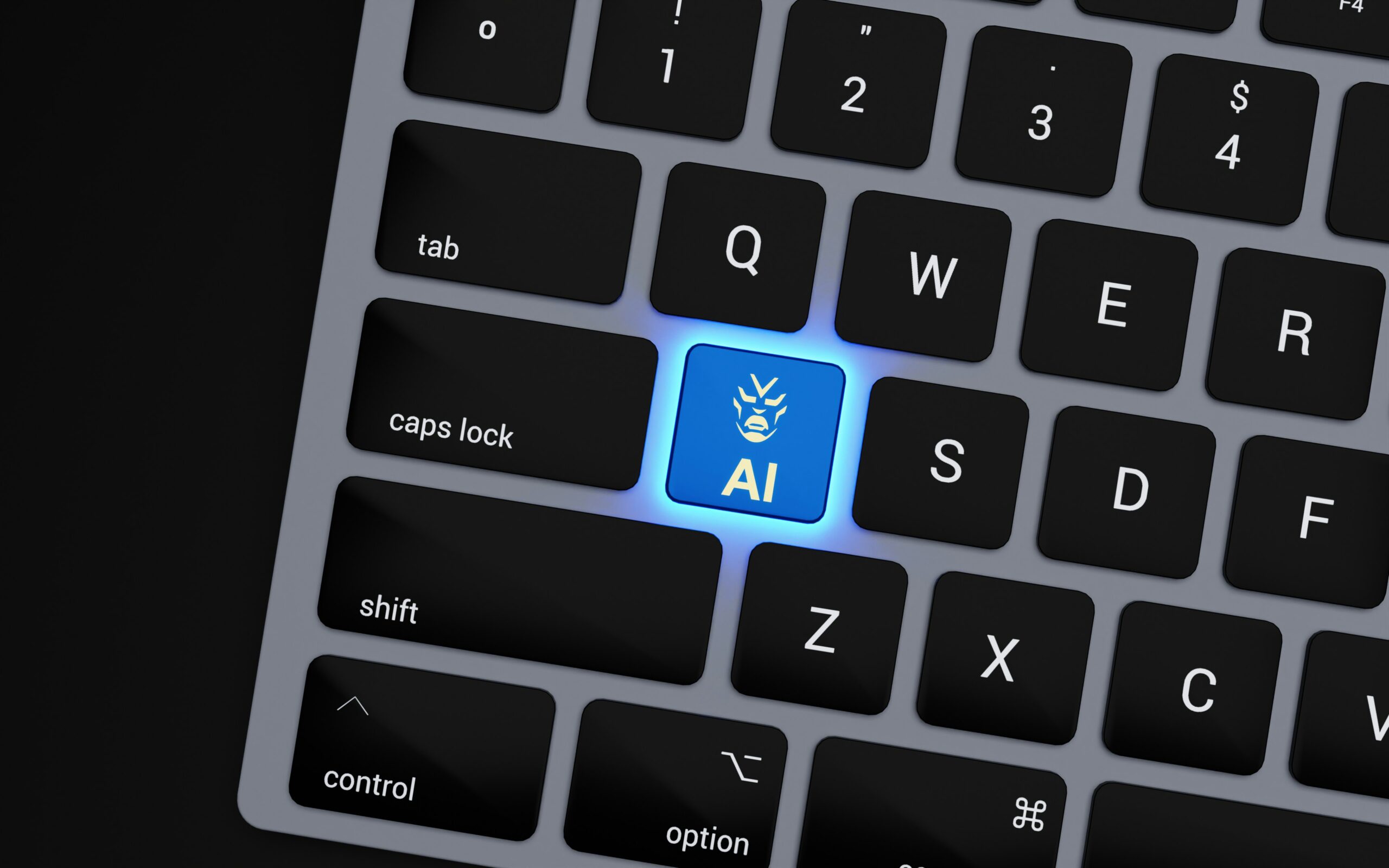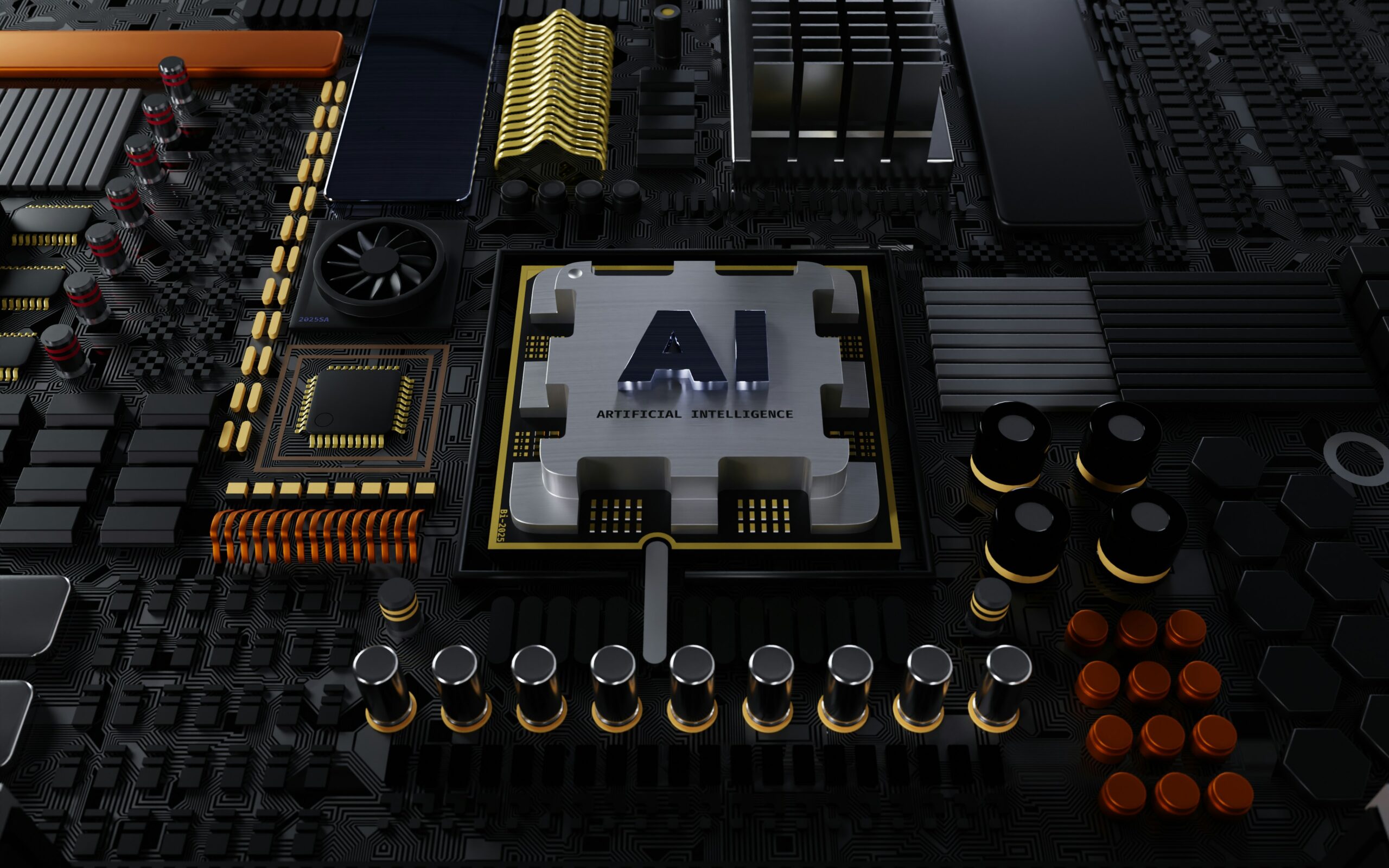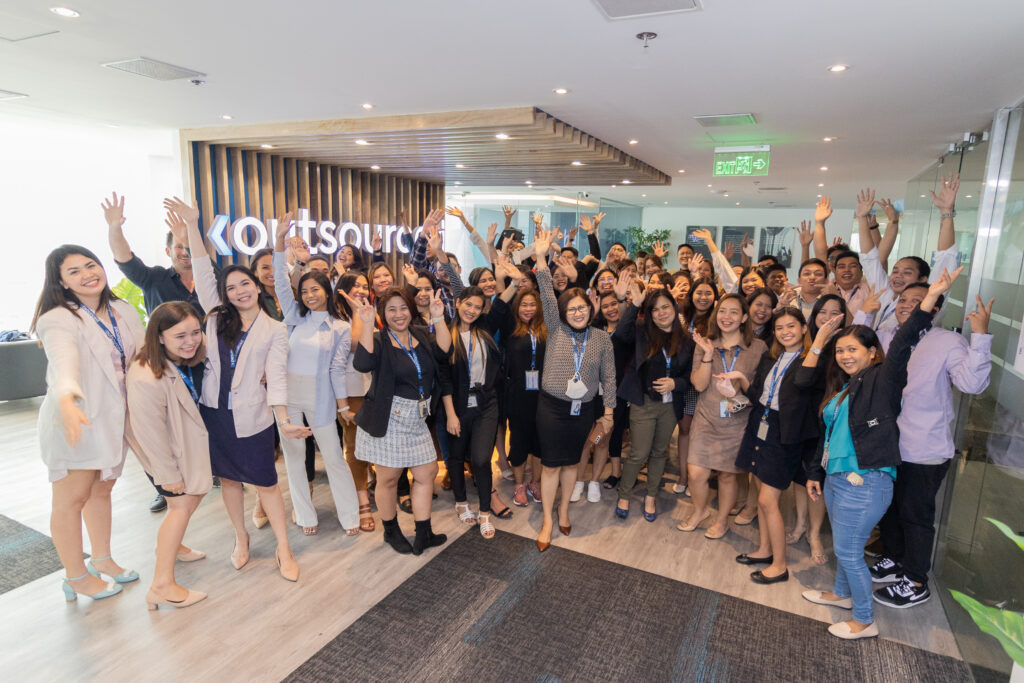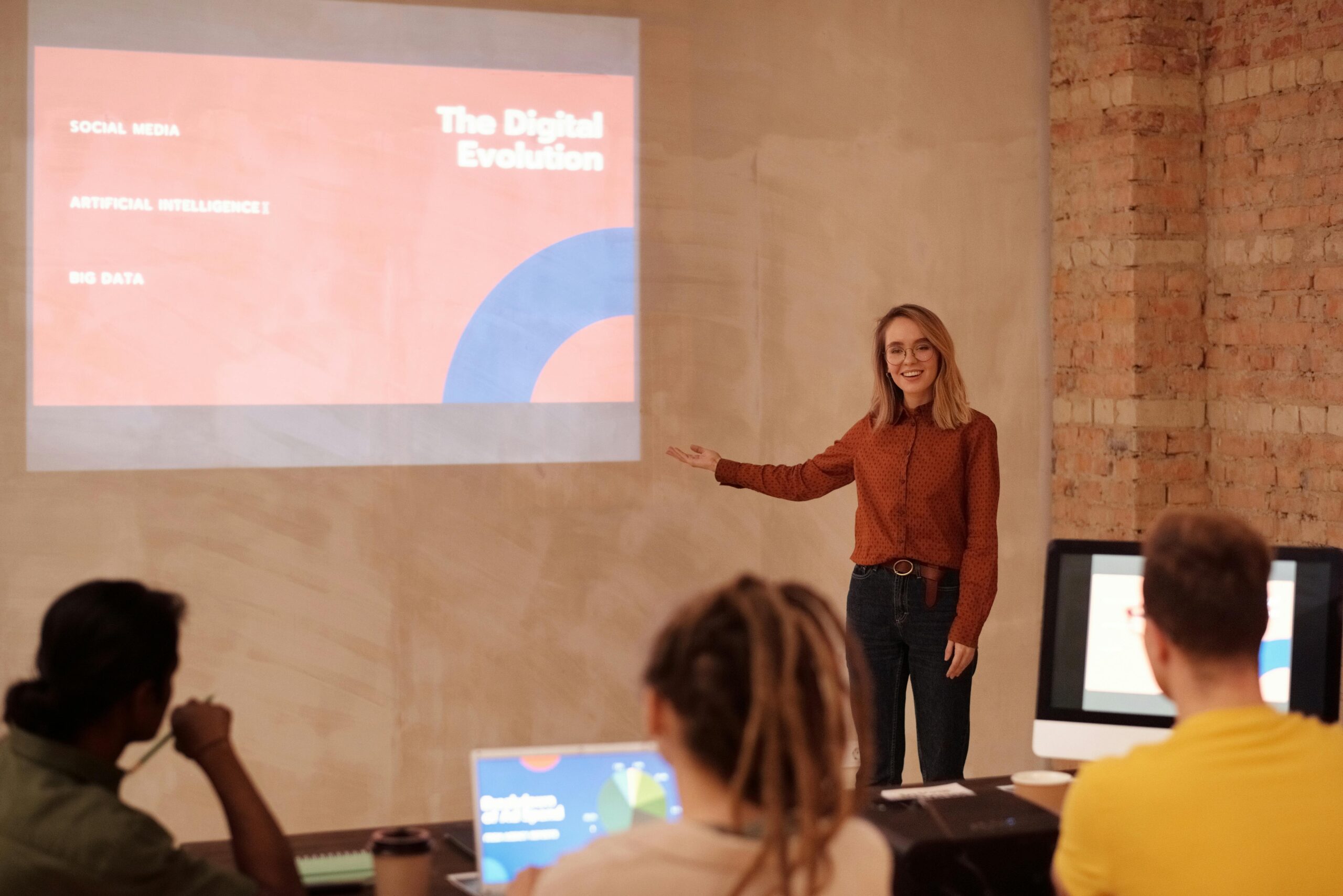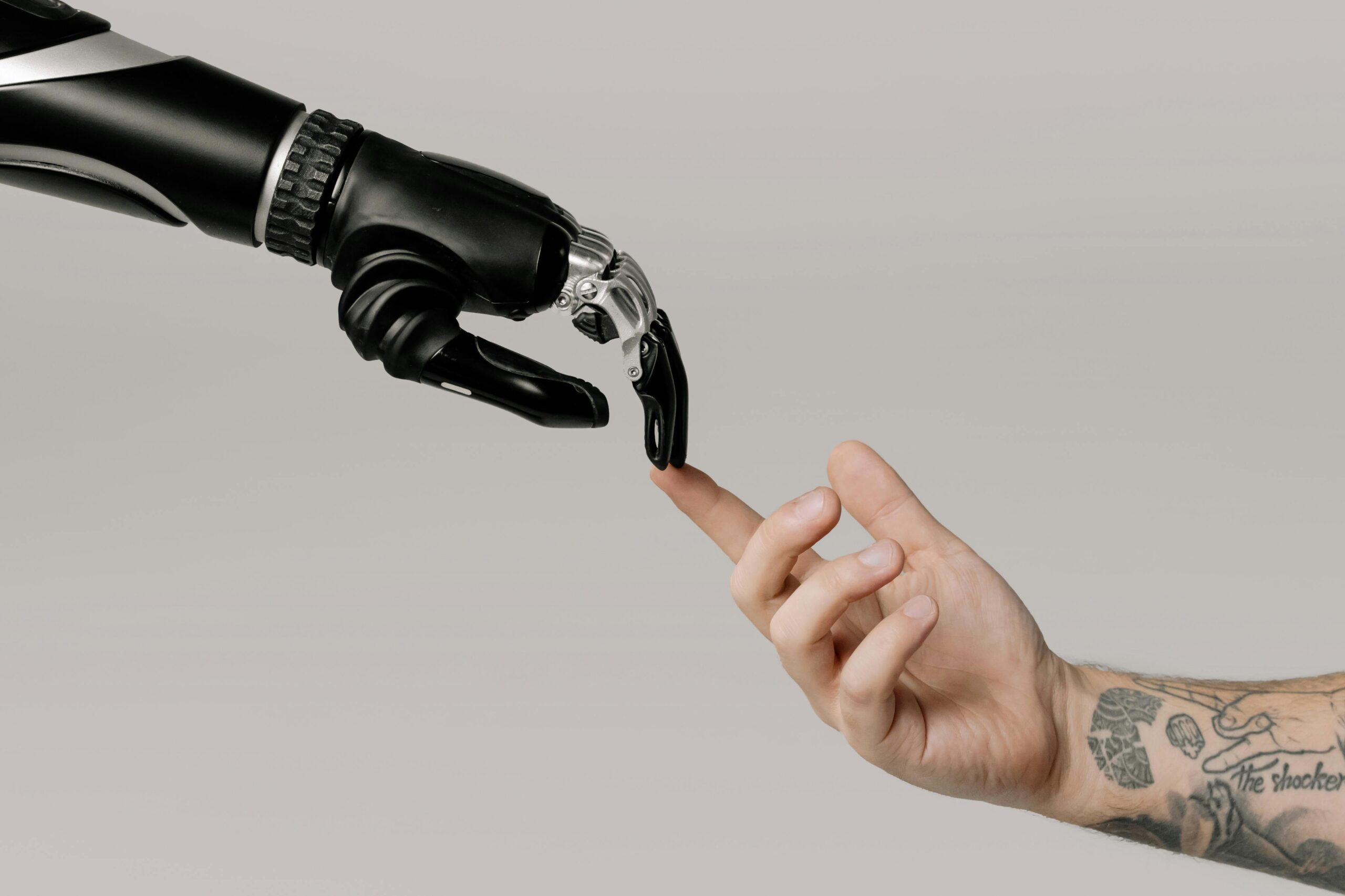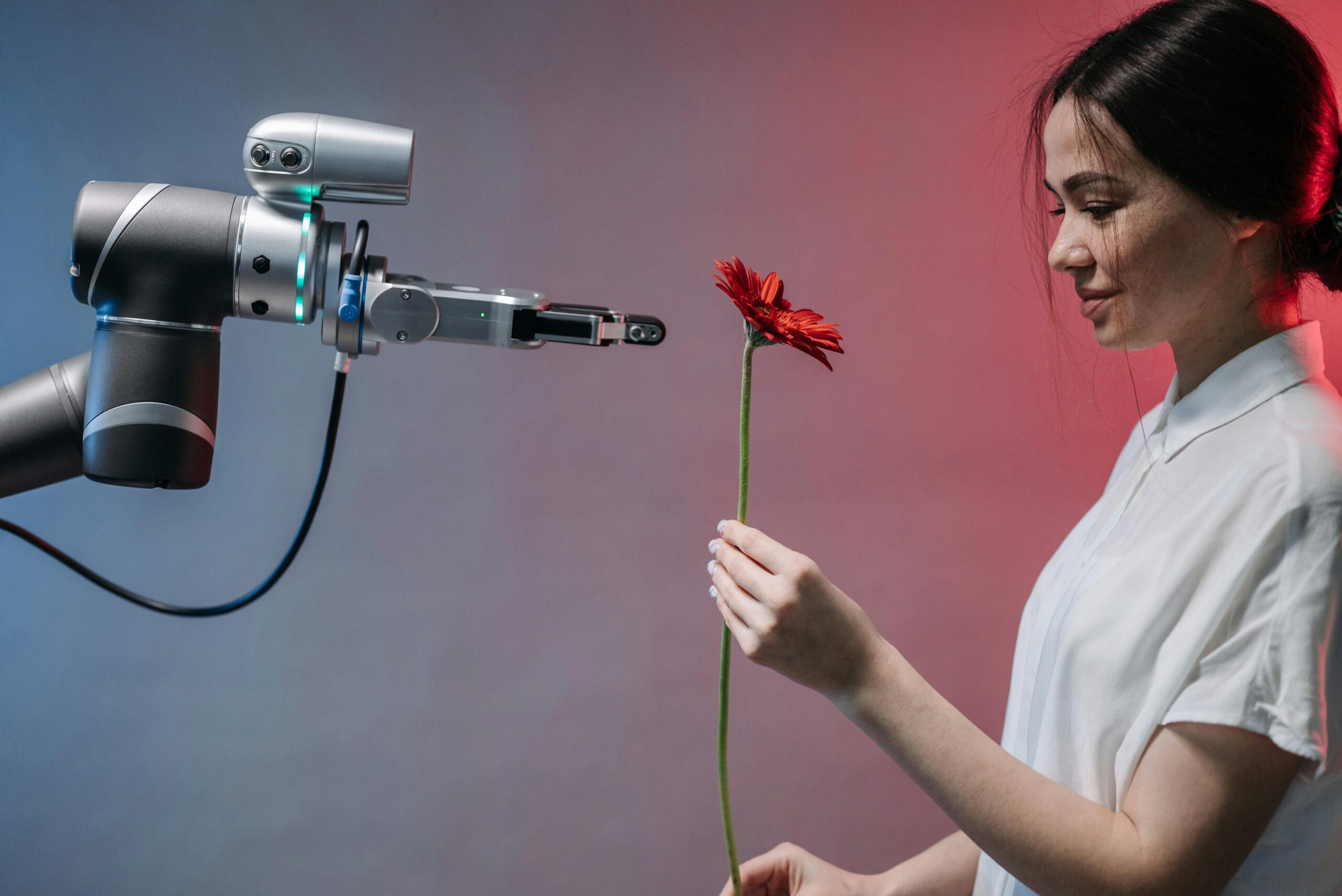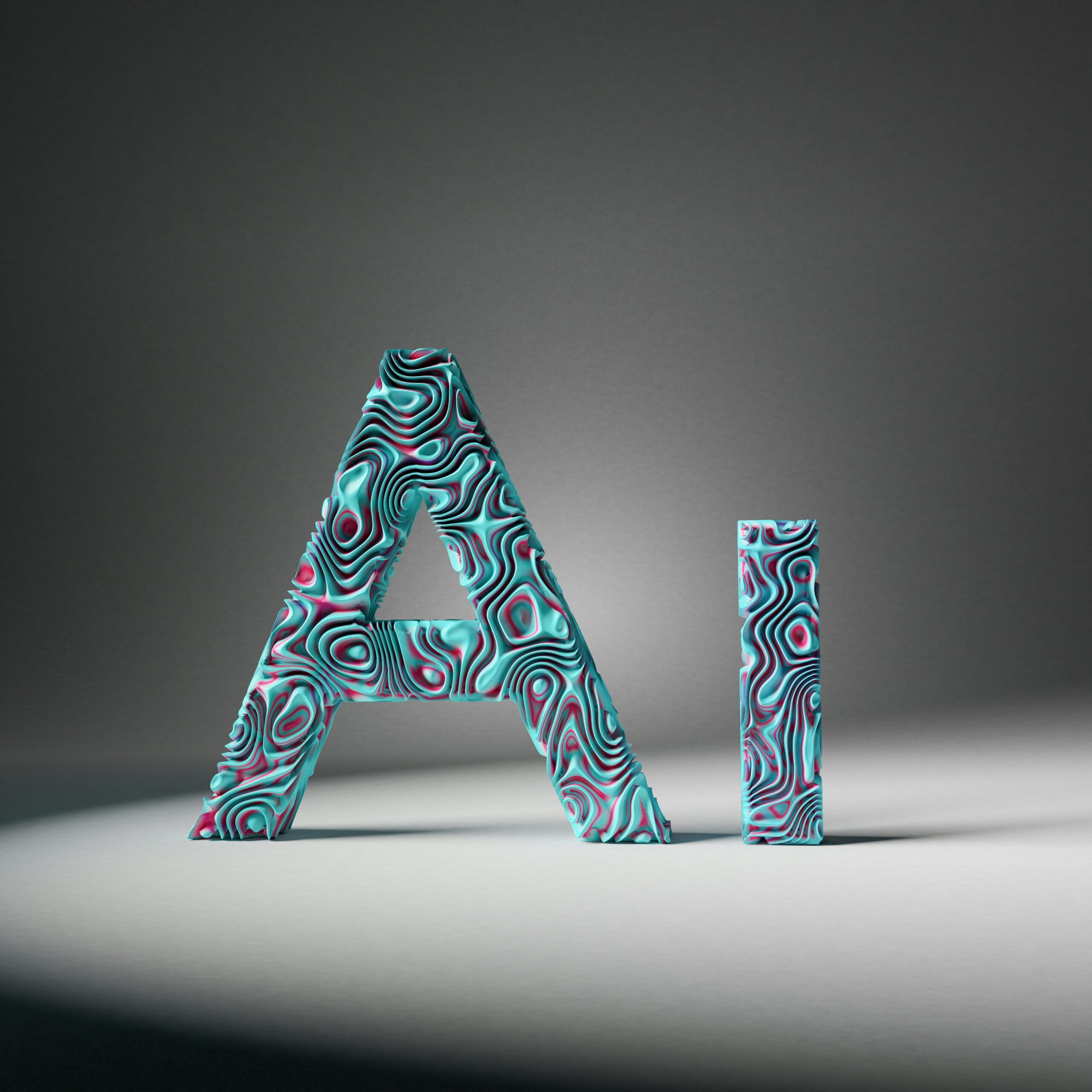Image credit: Pexels
In the dynamic landscape of Silicon Valley, artificial intelligence has evolved from an experimental technology into a fundamental driver of product innovation. However, as industry leaders are discovering, the true value of AI lies not in its technological sophistication, but in its ability to solve meaningful human problems.
The Evolution of Purpose-Driven AI
“In Silicon Valley, AI isn’t just a technology—it’s a mindset,” explains Kratika Gupta, a Senior Product Manager with over fourteen years of experience in the Bay Area. “The key insight I’ve gained is that its true value lies not in the algorithms themselves, but in how they solve real human problems.”
This philosophy has become increasingly crucial as AI capabilities expand. In an ecosystem that celebrates the “next big thing,” there’s a constant temptation to implement AI for its own sake. However, successful product leaders maintain that meaningful innovation must address genuine challenges that matter to users.
Emerging Technologies in Modern Product Management
The integration of AI into product management has given rise to several groundbreaking tools and platforms:
Productboard and Amplitude have revolutionized product discovery and analytics by incorporating AI-driven insight generation. These platforms now use natural language processing to analyze customer feedback at scale, helping product teams identify patterns and priorities that might otherwise go unnoticed.
Aha! and Roadmunk have evolved beyond simple roadmapping tools by introducing predictive analytics that help product managers forecast feature impact and resource requirements. Their AI capabilities can now suggest optimal release schedules based on team velocity and market conditions.
Tools like Pendo and Mixpanel are leveraging machine learning to provide sophisticated product analytics and user behavior analysis. Their AI algorithms can now predict user churn, identify feature adoption patterns, and recommend personalized engagement strategies.
Silicon Valley’s Secret Sauce: Collaborative Innovation
What distinguishes the Bay Area in AI product development is its unique culture of open collaboration, risk-taking, and relentless curiosity. This environment, where failure is viewed as a stepping stone to breakthrough rather than a setback, has proven essential for pushing the boundaries of AI innovation.
Kratika highlights that a truly successful product is not the result of a single individual’s vision but rather the product of collective effort. It is shaped through collaboration, where a shared vision drives a diverse team to come together, support one another, and work tirelessly to create and launch innovative solutions that address real-world challenges.
Beyond Basic Automation: Strategic AI Implementation
The evolution of AI in product management has transcended simple automation. Today’s most impactful applications enhance human decision-making by providing previously inaccessible insights and identifying patterns across complex datasets. For instance, platforms like Tableau and Looker now incorporate AI-powered analytics that can automatically surface relevant insights from vast amounts of product data.
Modern product teams are also leveraging AI-powered prototyping tools like Figma’s AutoLayout and Adobe’s Sensei to accelerate the design process. These tools can automatically generate design variations and suggest improvements based on user behavior patterns and accessibility guidelines.
The Human Element: Purpose-Driven Development
Successful AI product teams operate with a clear mantra: “We don’t build features; we solve problems.” This human-centered approach ensures that even the most sophisticated AI algorithms translate into tangible benefits for end users. “The most sophisticated AI algorithms are worthless if they don’t translate into tangible benefits for the people and businesses we serve,” Kratika emphasizes.
Leadership in the AI Era
Leading product teams in the AI space requires a delicate balance between encouraging bold experimentation and maintaining strategic direction. Tools like Maze and UserTesting have integrated AI to provide real-time insights during user research, helping product managers make more informed decisions about feature development and prioritization.
The practice of “radical transparency”—sharing not just successes but uncertainties and failures—builds trust and encourages the creative risk-taking needed for breakthrough innovation. This approach has led to remarkable outcomes, such as when a junior data scientist felt comfortable challenging established assumptions and improved model accuracy by 23%.
The Future: AI as an Empowerment Tool
Looking ahead, the future of AI in product management lies not in replacing human judgment but in augmenting it. Emerging technologies like GitHub Copilot for Business and Amazon CodeWhisperer are already demonstrating how AI can enhance developer productivity without removing human creativity and decision-making from the process.
The most promising developments focus on solutions that demystify complex data, surface actionable insights, and enable businesses of all sizes to achieve more with their resources. When implemented thoughtfully, AI doesn’t just optimize existing processes—it opens entirely new possibilities for growth and innovation.
Conclusion: Technology with Purpose
As AI continues to evolve, one fundamental principle remains constant: the value of what we build lies not in its complexity, but in the positive impact it creates. Through intentional leadership, collaborative innovation, and unwavering focus on real human needs, AI can serve as a force for good—transforming businesses and improving lives in meaningful ways.
The ultimate measure of success in AI product management isn’t the sophistication of algorithms, but the meaningful difference they make for the people and organizations they serve. This purpose-driven approach continues to guide the most successful AI innovations emerging from Silicon Valley and beyond.
—
For more insights on AI innovation in product management, follow thought leaders like Kratika Gupta on Medium and LinkedIn, where she regularly shares perspectives on the evolving landscape of AI-driven product development.
Written in partnership with Tom White












